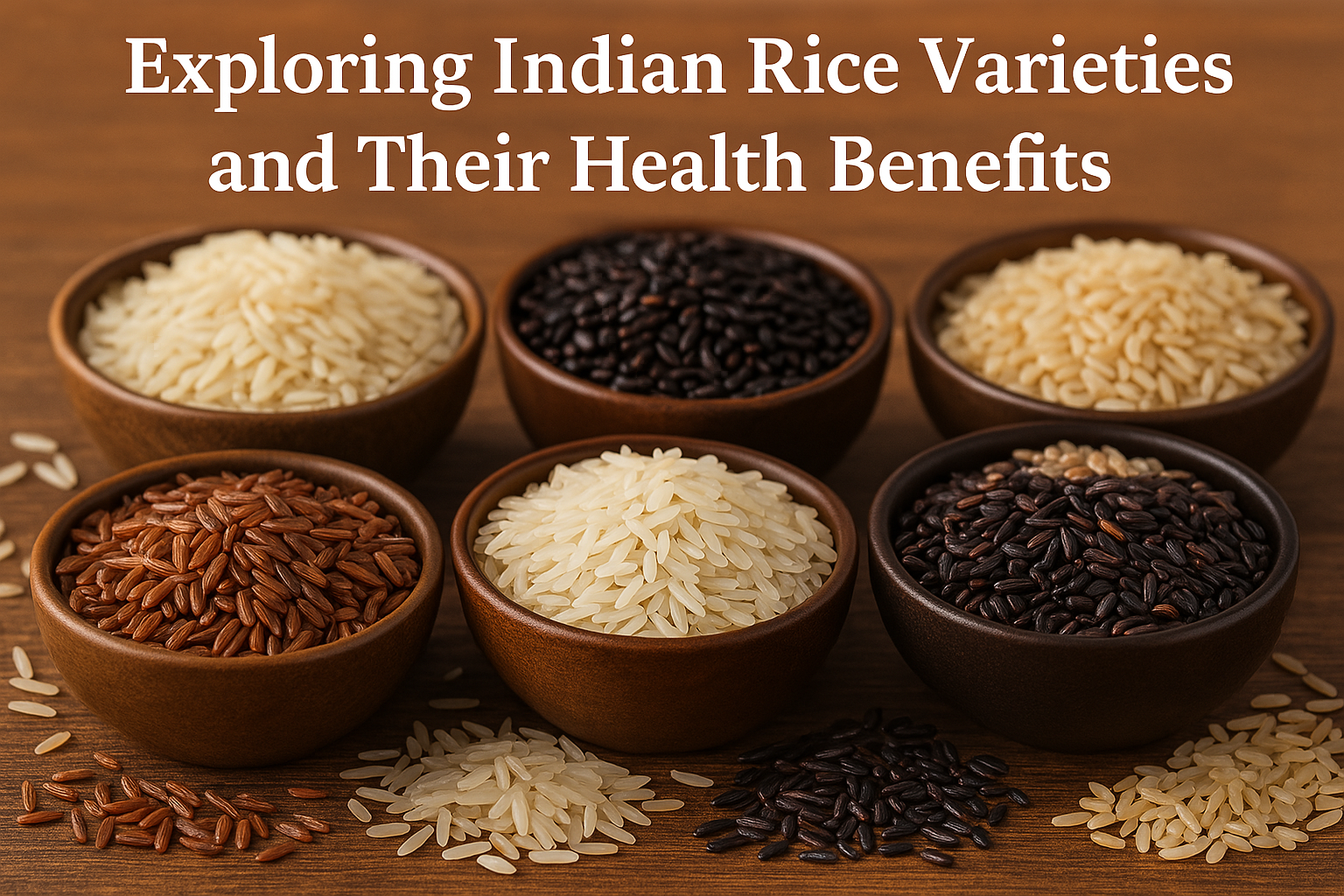Mosquitoes are quite annoying. To repel them, most of us use chemical mosquito repellents. But these repellents aren’t good for your health. If you are looking for a natural way then there are effective mosquito repellent plants that keep away mosquitoes with their natural fragrance. You can place some of these plants at various spots inside or outside your house and make your house mosquito free.
Best Plants that repel mosquitoes
- Lemon Grass
Lemon grass is one of the best plants to get rid of mosquitoes in your house. The plant is known for its distinct aroma. Lemon grass is easy to maintain and it will not need much attention from you. Try to keep the plant in a sunny area in your garden. You will start noticing that there will be no more mosquitoes in your garden.
- Lavender
Lavender is a unique type of plant because insects and animals never decimate them because they have a lovely fragrance that comes from the essential oils found on the leaves of the plant. Lavenders are very tough and they only need sun and good drainage. They can endure any climate, and they are quite helpful in repelling mosquitoes and spreading an amazing fragrance in the surrounding area.
- Mint
Mint is popularly known as a mouth freshener, or as a herb in various cooking styles. It is also a great mosquito-repellent plant. Every mint plant comes with the basic property that is called Menthol. It has biocidal properties that not only repel mosquitoes but also mites and other pests. You can also create your own mosquito repellent spray with mint.
- Basil
Basil is one of the best plants to keep mosquitoes away. Basil comes with a unique smell that will get rid of mosquitoes and other pets. Place the basil plant in an area that has a lot of sunlight. You can also take some leaves, and rub them on your skin to protect yourself against mosquito bites.
- Marigold
Marigold is an easy-to-grow flower, and it emits a unique smell that repels mosquitoes. Always grow marigold flowers in pots and place them at the entrance of your house to keep away bugs and mosquitoes. They also repel squash bugs, beetles, and tomato hornworms.
- Garlic
One of the most commonly used plants for repelling mosquitoes is garlic. You can grow a garlic plant in your garden or you can simply cut some little pieces of garlic and put them in different rooms. Another effective method is you can make a spray with garlic and keep spraying weekly once to keep mosquitoes and other insects out of your house.
- Rosemary
Rosemary is a great herb, and also an excellent mosquito repellent. You can grow it inside or outside the house. Always keep the plant in a bright place and watch how beautifully it flourishes. You can also place small cuttings of the plants in the room and get rid of mosquitoes and also fill your house with a nice smell.
- Catnip
Catnip or catmint is an effective plant that repels mosquitoes better than chemical bug sprays. The essential oil of catnip is so strong that mosquitoes will feel uneasy around this plant. Spread some clippings around the patio and in other rooms to keep the mosquitoes away from your house.
- Eucalyptus
Eucalyptus is a well-known natural mosquito-repellent plant. The oil released from this plant has outstanding properties of repelling mosquitoes. You can also apply the oil produced by eucalyptus on your skin and use it as a shield from deadly mosquito bites. Eucalyptus thrive in full sun, and also grow well in well-drained conditions.
Conclusion
These are some of the best plants to keep mosquitoes away from your house. You can also include citronella grass, lemon balm, herb of grace, and geranium. Bring these amazing plants into your home and plant them at different places and stay safe from mosquitoes.

































